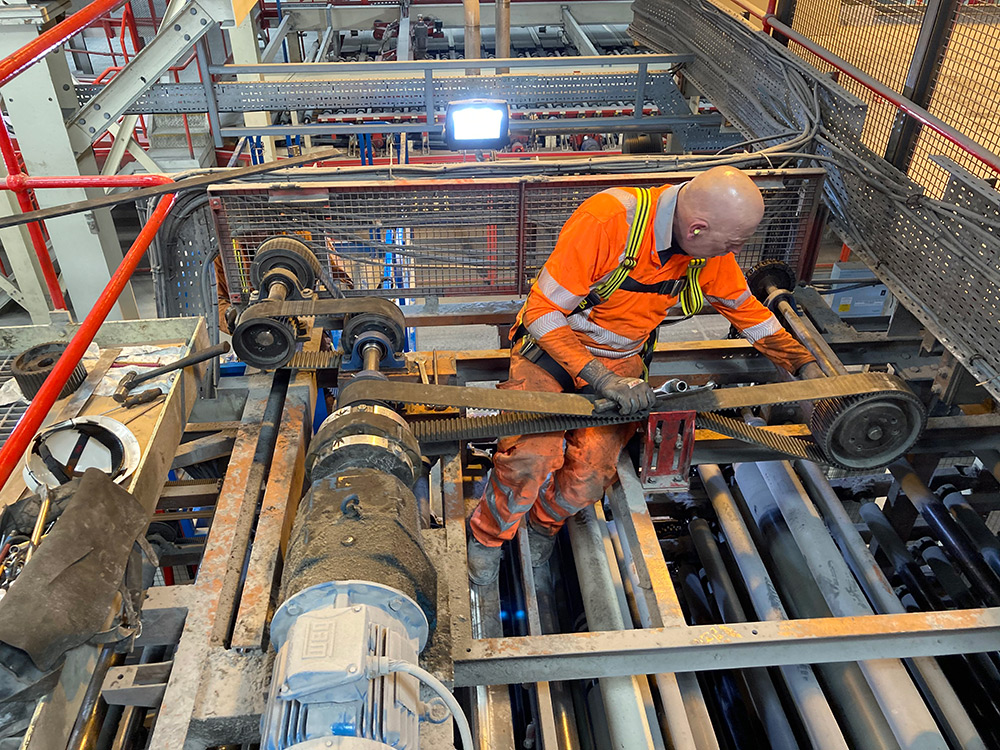The Top 5 Mistakes Companies Make With Dust & Fume Extraction Systems (and How to Avoid Them)
A well-designed dust and fume extraction system is essential for protecting your workforce and keeping your business compliant with the Control of Substances Hazardous to Health Regulations (COSHH). But even when a system is installed, many companies still fall short of getting the performance or reliability they expect.
Here are the five most common mistakes businesses make with their extraction systems – and how you can avoid them.
1. Poor system design
The most effective extraction system is one designed around the process it serves. When hoods are placed too far from the emission source or the airflow is incorrectly calculated, contaminants are never properly captured.
Design faults are among the most common issues uncovered during LEV testing. An under-performing hood or ducting layout often stems from off-the-shelf solutions being used for complex applications. Each process, whether welding, sanding or spraying, produces different types of contaminants that require specific control.
How to avoid it: Work with a BOHS-qualified engineer who can assess contaminant type, air volume, hood design and duct velocity. Always commission the system properly before use.
2. Skipping regular maintenance and servicing
Even the best-designed system will deteriorate over time if not maintained. Dust build-up inside ducting, worn fan blades and clogged filters can drastically reduce airflow and create fire risks.
The Health and Safety Executive (HSE) recommends that extraction systems are inspected and maintained at suitable intervals, and that records are kept. Ignoring maintenance schedules is one of the quickest ways to turn a compliant system into a failing one.
How to avoid it: Establish a preventative maintenance plan that includes filter changes, duct inspections and airflow checks. Use your LEV supplier’s service contracts to ensure professional upkeep.
3. Missing or incomplete LEV testing
Many companies believe that once an extraction system is installed, it can run indefinitely without reassessment. In reality, COSHH Regulation 9 requires a Thorough Examination and Test (TExT) of each LEV system at least every 14 months, or more frequently for high-risk processes such as welding or spraying.
Without current test records, you cannot prove that your system effectively controls exposure. Failure to comply can lead to enforcement action or fines.
How to avoid it: Schedule your annual LEV testing with a competent engineer and retain your reports for inspection. Learn more about TExT requirements on the HSE website.
4. Failing to adapt when processes change
A workshop rarely stays the same. New machines, layouts or materials can all affect airflow patterns and contaminant behaviour. When a process changes but the extraction system remains static, performance often drops below safe limits.
How to avoid it: Reassess your ventilation every time a new process or workstation is introduced. A small adjustment in hood placement or fan speed can restore proper capture efficiency. Consider scheduling periodic system reviews alongside your maintenance visits.
5. Choosing generic or unsuitable equipment
It’s tempting to select equipment based solely on price or availability, but generic extraction systems rarely deliver lasting compliance. A hood designed for light dust, for example, will struggle to handle welding fume or solvent vapour.
An unsuitable system can also waste energy by moving too much air, or fail to protect operators by moving too little.
How to avoid it: Specify equipment based on contaminant type, process heat, and the mobility your operators need. For welding and fabrication, a flexible extraction arm or push-pull system may be ideal; for woodworking, fixed ducting and filtration may be better.
Why addressing these issues matters
Avoiding these five mistakes not only protects your employees but also saves money over time. A correctly specified and well-maintained extraction system consumes less energy, needs fewer repairs and delivers consistent compliance.
If you’re unsure whether your system is performing as it should, consider arranging an independent inspection or LEV test. Identifying small issues early prevents major disruptions later.
Contact Us Today
Don’t leave the health of your workforce, productivity or compliance to chance. Contact us today and let our engineers identify whether your current ventilation strategy is meeting its objectives. We’ll provide a clear recommendation, no-nonsense advice and a practical way forward.

